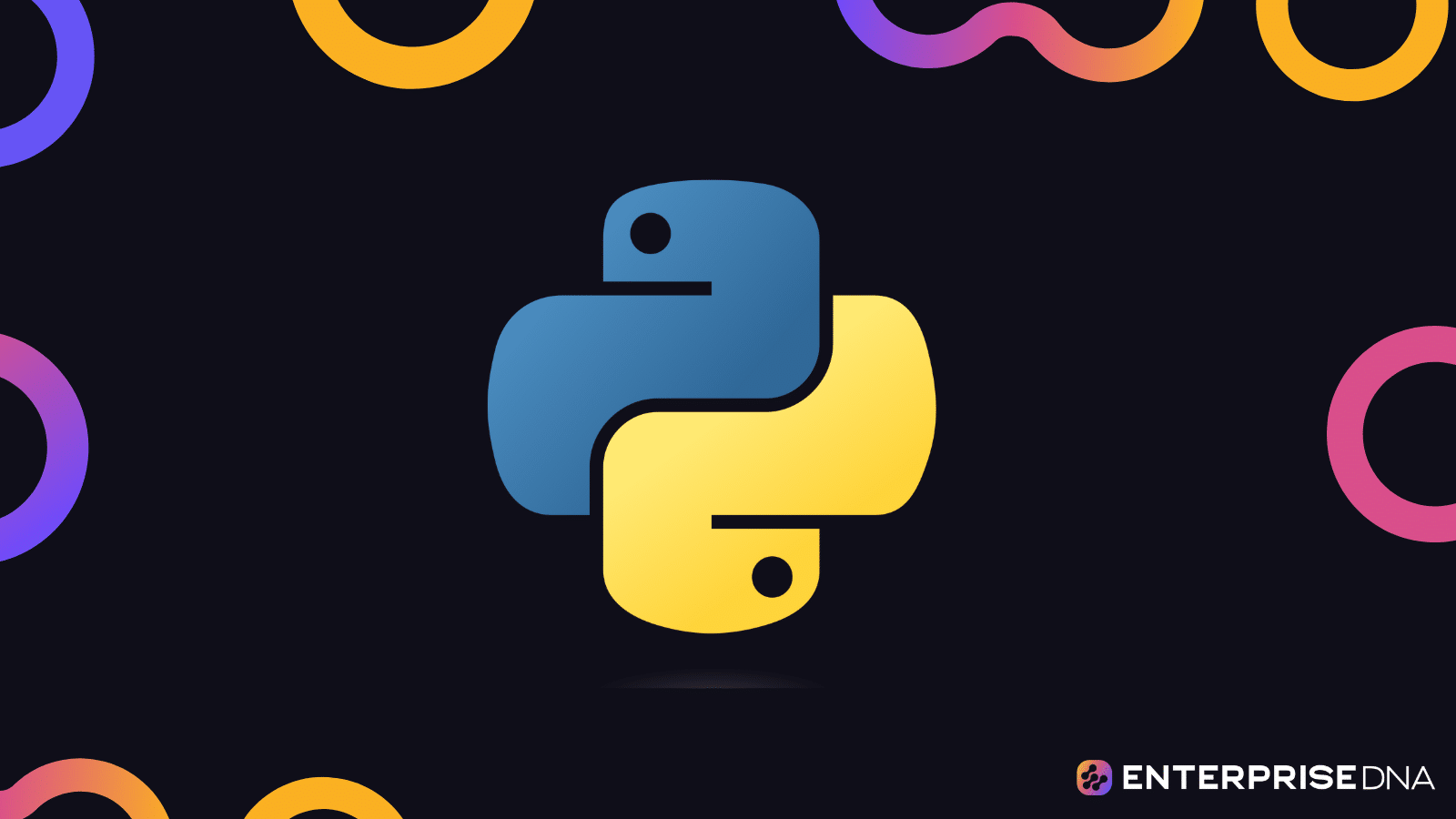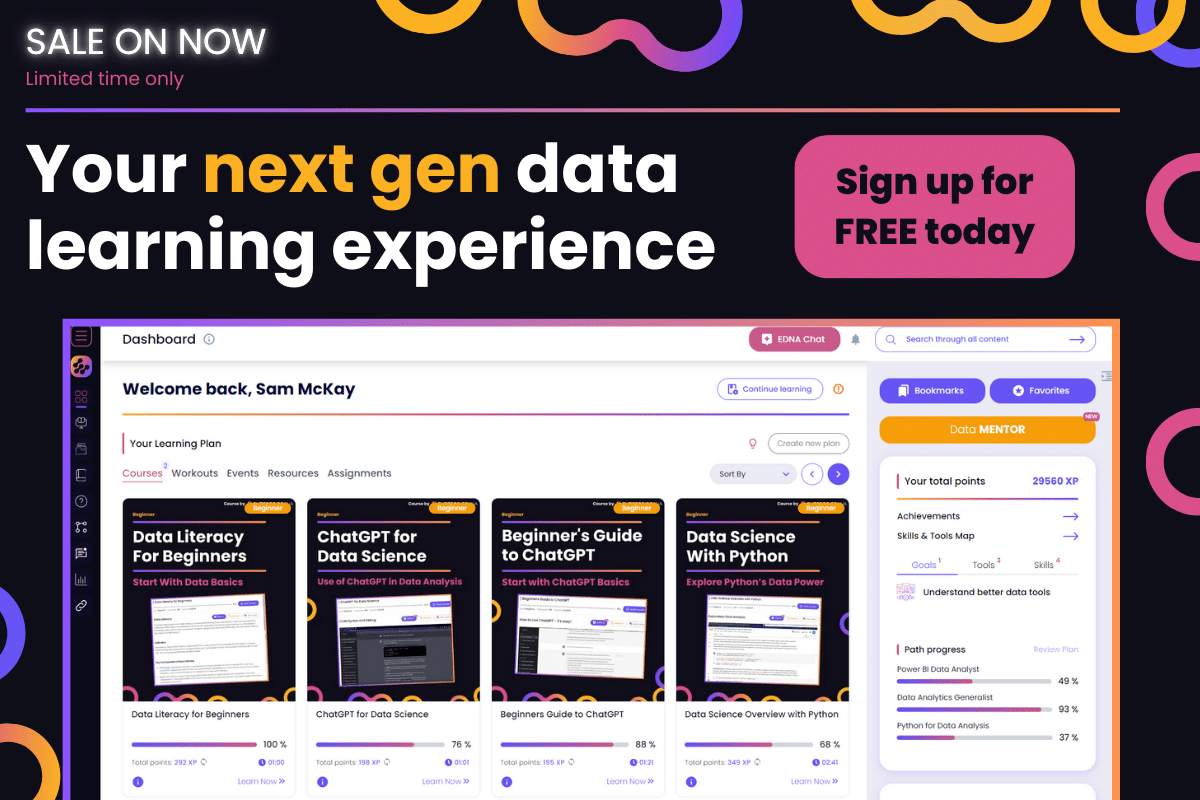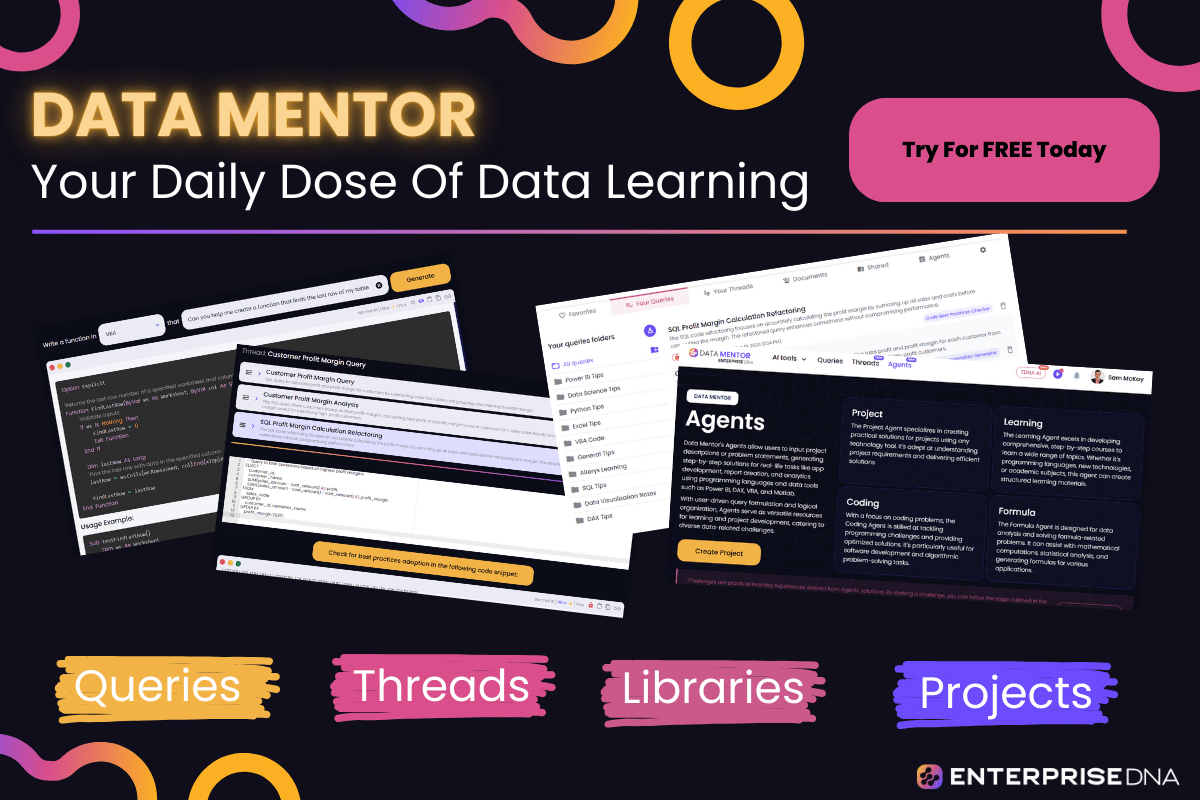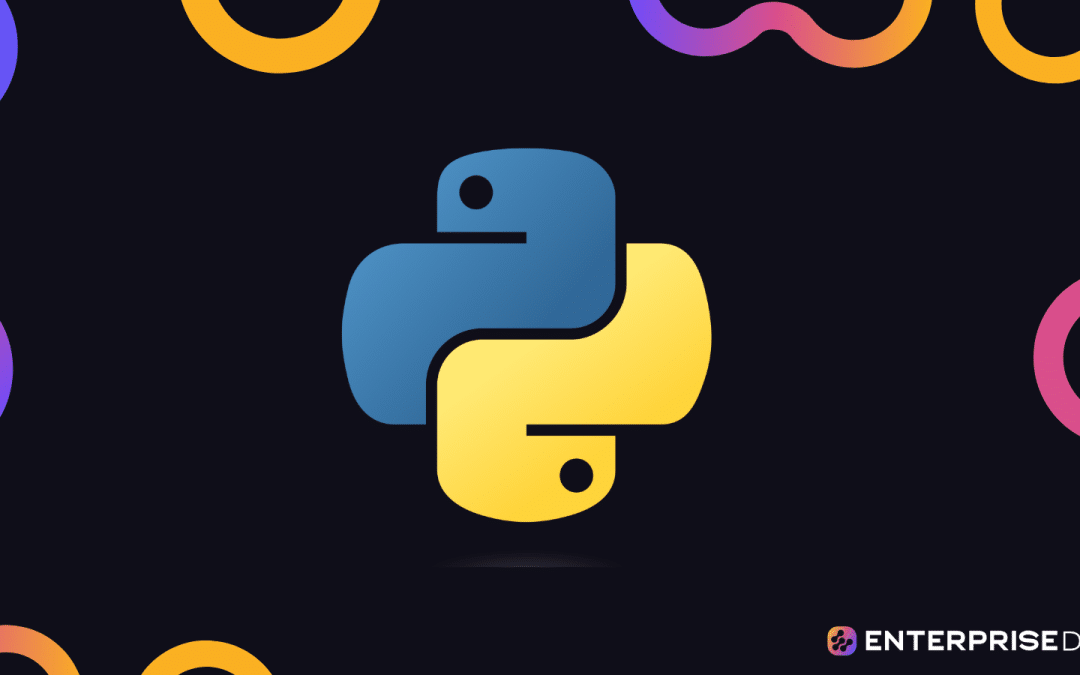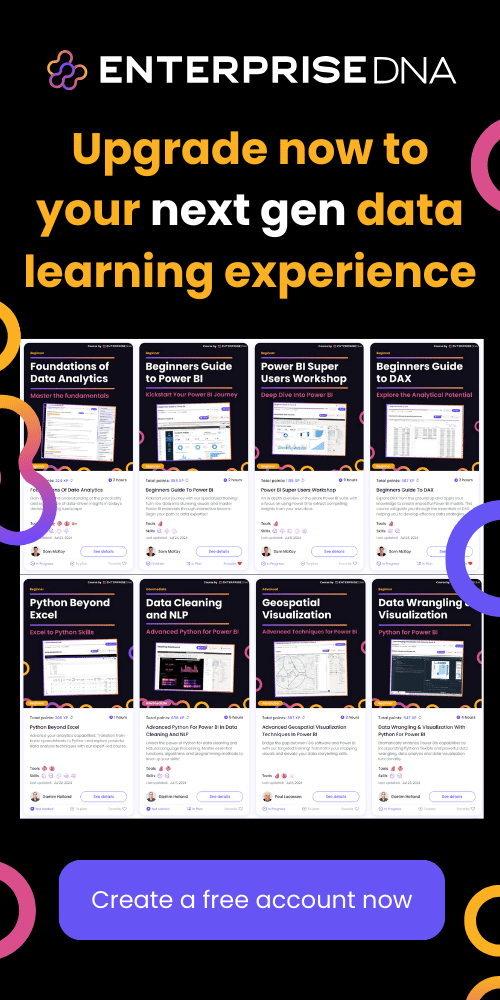Introduction to Google Colab
Overview
Google Colab (Colaboratory) is a free Jupyter notebook environment that runs entirely in the cloud. It allows you to write and execute code in your browser, making it an excellent tool for machine learning, data analysis, and general programming tasks.
Features
- Free access to GPUs and TPUs
- Easy sharing and collaboration
- Jupyter notebook interface
- Pre-installed popular libraries
- Integration with Google Drive
Setup Instructions
Step 1: Access Google Colab
- Visit Google Colab: Open your web browser and go to Google Colab.
- Sign in: Use your Google account to sign in.
Step 2: Create a New Notebook
- Start a new notebook: Click on the
New Notebookbutton in the bottom-right corner. - Rename your notebook: Click on the title at the top (by default named
Untitled.ipynb) and enter a new name.
Step 3: Familiarize with the Interface
- Code Cells: Areas where you can input and execute code.
- Text Cells: Areas for writing formatted text using Markdown or LaTeX.
- Toolbar: Options to add cells, save your notebook, and other functionalities.
- Runtime Settings: Options to select runtime types (e.g., Python 2, Python 3), manage sessions, and more.
Step 4: Running Code
- Add a code cell: Click on the
Codebutton or use the keyboard shortcutCtrl+M Bto add a new cell. - Write code: Enter your code in the cell.
- Execute code: Click the
Runbutton (play icon) next to the cell or pressShift + Enter.
Step 5: Using Markdown
- Add a text cell: Click on the
Textbutton or use the keyboard shortcutCtrl+M M. - Write Markdown: Enter formatted text using Markdown syntax. For instance:
# Heading 1
## Heading 2
**Bold text**
_Italic text_
- Bullet list item 1
- Bullet list item 2 - Render Markdown: Click the
Runbutton or pressShift + Enterto render the Markdown text.
Step 6: Utilizing Google Drive
- Mount Google Drive: Run the following code to connect your Google Drive to Colab:
from google.colab import drive
drive.mount('/content/drive') - Access Files: After mounting, you can access files stored in your Google Drive within the
/content/drivedirectory.
Step 7: Installing Additional Libraries
- Use
!to run shell commands: You can install libraries using pip with the!prefix. For example:!pip install numpy
Step 8: Sharing Notebooks
- Share Notebook: Click on the
Sharebutton in the top-right corner of the notebook interface. - Set Permissions: Enter the email addresses of collaborators or generate a shareable link, and set appropriate permissions (e.g., view, comment, edit).
Conclusion
These steps will help you set up and start using Google Colab effectively. By following this guide, you can leverage Colab’s powerful features for various computational tasks and collaborative projects.
Setting Up and Configuring Your Colab Environment
Step 1: Mounting Google Drive
To access your files stored in Google Drive, you first need to mount your Drive in the Colab environment.
from google.colab import drive
drive.mount('/content/drive')
Step 2: Installing Needed Libraries
If your project needs additional libraries that are not pre-installed in Colab, you can install them using pip.
!pip install <library-name>
Example:
!pip install seaborn
Step 3: Importing Libraries
Ensure all necessary libraries for your project are imported.
# Example libraries
import numpy as np
import pandas as pd
import seaborn as sns
import matplotlib.pyplot as plt
Step 4: Configuring Notebook Options
Set display options and other configurations to optimize your workflow.
# Pandas display options
pd.set_option('display.max_rows', 100)
pd.set_option('display.max_columns', 50)
# Matplotlib inline configuration
%matplotlib inline
# Set a generic style for plots
sns.set(style="whitegrid")
Step 5: Defining Project-specific Variables and Paths
Specify any file paths, global variables, or project-specific details.
# File paths
data_file = '/content/drive/My Drive/my_project/data/data_file.csv'
# Constants
SEED = 42
Step 6: Loading Data
Load your datasets into the Colab environment.
# Load data into pandas DataFrame
df = pd.read_csv(data_file)
# Initial data exploration
print(df.head())
print(df.info())
print(df.describe())
Step 7: Custom Functions and Helpers
Define any custom functions or utilities that will be repeatedly used in your project.
# Example function for data preprocessing
def preprocess_data(df):
# Handle missing values
df = df.dropna()
# Convert categorical to dummies
df = pd.get_dummies(df, drop_first=True)
return df
# Apply preprocessing
df = preprocess_data(df)
Step 8: Saving Results and Outputs to Google Drive
Save your results back to Google Drive for persistence.
output_file = '/content/drive/My Drive/my_project/output/results.csv'
df.to_csv(output_file, index=False)
Step 9: Setting Up GPU/TPU
If your project requires accelerated computing, set up a GPU or TPU.
- Navigate to
Edit>Notebook settings. - Select
GPUorTPUfrom theHardware acceleratordropdown menu. - Click
Save.
Step 10: Verifying GPU/TPU Setup
Ensure GPU/TPU is successfully configured:
# Check GPU setup
import tensorflow as tf
print("GPU available:", tf.config.list_physical_devices('GPU'))
# Check TPU setup
try:
tpu = tf.distribute.cluster_resolver.TPUClusterResolver()
print('Running on TPU ', tpu.master())
except ValueError:
tpu = None
print('No TPU found')
This guide provides a step-by-step implementation to configure your Google Colab environment efficiently. Ensure you customize steps according to the specific requirements of your project.
Connecting and Using External Data Sources in Google Colab
In this section, we will focus on practical steps to connect and use various external data sources in Google Colab.
Connecting to Google Drive
Mounting Google Drive:
- Mounting Google Drive to Access Files:
from google.colab import drive
drive.mount('/content/drive')
# After mounting, you can navigate and use files stored on your Google Drive
filepath = '/content/drive/My Drive/path_to_your_file.csv'
- Listing Files in Google Drive:
import os
directory = '/content/drive/My Drive/some_folder'
files = os.listdir(directory)
print(files)
Connecting to Google Sheets
Using gspread and oauth2client:
- Install Necessary Libraries:
!pip install gspread
!pip install oauth2client
- Authorize and Access Google Sheets:
import gspread
from oauth2client.service_account import ServiceAccountCredentials
# Define the scope
scope = ["https://spreadsheets.google.com/feeds", "https://www.googleapis.com/auth/drive"]
# Add credentials to the account
creds = ServiceAccountCredentials.from_json_keyfile_name("path/to/your/creds.json", scope)
# Authorize the clientsheet
client = gspread.authorize(creds)
# Open the google spreadsheet (using the name of your spreadsheet)
sheet = client.open("your_spreadsheet_name").sheet1
# Get a list of all records
records = sheet.get_all_records()
print(records)
Connecting to a SQL Database
Using sqlite3:
- Connect to SQLite Database:
import sqlite3
# Connect to the database file
conn = sqlite3.connect('/content/drive/My Drive/path_to_your_database.db')
# Create a cursor object
cursor = conn.cursor()
# Execute a SQL query
cursor.execute("SELECT * FROM your_table")
# Fetch all results from the executed query
rows = cursor.fetchall()
for row in rows:
print(row)
# Close the connection
conn.close()
Using pandas for Better Data Handling:
import pandas as pd
import sqlite3
# Establish a connection to the SQLite database
conn = sqlite3.connect('/content/drive/My Drive/path_to_your_database.db')
# Read SQL query into DataFrame
df = pd.read_sql_query("SELECT * FROM your_table", conn)
print(df.head())
# Close the connection
conn.close()
Accessing Public APIs
Using requests:
- Making a GET Request:
import requests
# Define the API endpoint
url = "https://api.example.com/data"
# Make a GET request to fetch the data
response = requests.get(url)
# Check the status code of the response
if response.status_code == 200:
data = response.json()
print(data)
else:
print("Error:", response.status_code)
Using pandas to Handle JSON Data:
import pandas as pd
import requests
# Define the API endpoint
url = "https://api.example.com/data"
# Make a GET request to fetch the data
response = requests.get(url)
data = response.json()
# Convert JSON data to DataFrame
df = pd.DataFrame(data)
print(df.head())
By following these practical examples, you can effectively connect and utilize various external data sources. This enables handling data from Google Drive, Google Sheets, SQL databases, and public APIs within a Google Colab environment. Stay tuned for more advanced ways to manage data sources in future sections.
Advanced Configuration and Customization in Google Colab
Table of Contents
- Customizing Runtime Types and Hardware Accelerators
- Setting Up Environment Variables
- Installing and Configuring Custom Packages
- Utilizing IPython Magics for Enhanced Functionality
- Creating and Managing Custom Widgets
1. Customizing Runtime Types and Hardware Accelerators
Google Colab allows you to choose between different runtime types and hardware accelerators. The configurations can be adjusted using the following steps:
Code Implementation:
1. Click on "Runtime" in the menu bar.
2. Select "Change runtime type".
3. Choose your desired "Hardware accelerator" (e.g., GPU, TPU, None).
4. Click "Save".
2. Setting Up Environment Variables
You can set up environment variables in Google Colab to manage paths, API keys, or configurations specific to your needs.
Code Implementation:
import os
# Set environment variable
os.environ['MY_VARIABLE'] = 'my_value'
# Confirm environment variable is set
print(os.getenv('MY_VARIABLE')) # Output should be 'my_value'
3. Installing and Configuring Custom Packages
In Google Colab, you can install packages that are not already available in the environment and configure them to meet your requirements.
Code Implementation:
# Install a custom package using pip
!pip install some_custom_package_name
# Import and configure the package
import some_custom_package as spc
# Example configuration
spc.config(parameter1='value1', parameter2='value2')
4. Utilizing IPython Magics for Enhanced Functionality
IPython Magics are a powerful tool that can be used to enhance the functionality of your Colab notebooks. Here are some customizations you can perform:
Code Implementation:
# Load an extension
%load_ext autoreload
%autoreload 2
# Time the execution of code
%timeit [i ** 2 for i in range(1000)]
# Use bash within the notebook
!echo "Hello from bash"
# Specify the output directory for saving plots/figures
%matplotlib inline
import matplotlib.pyplot as plt
plt.plot([0, 1, 2], [0, 1, 4])
plt.savefig('/content/drive/MyDrive/my_plot.png')
5. Creating and Managing Custom Widgets
Custom widgets in Google Colab can enable interactive controls for users. This can be accomplished with the help of the ipywidgets library.
Code Implementation:
from ipywidgets import interact, widgets
# Create a simple interactive widget
def my_function(x):
return x
interact(my_function, x=widgets.IntSlider(min=0, max=100, step=1, value=50))
# Create a text box and button
text = widgets.Text()
button = widgets.Button(description="Submit")
# Define the button click event
def on_button_clicked(b):
print(f'Text value: {text.value}')
button.on_click(on_button_clicked)
# Display the widgets
display(text, button)
By following these advanced configurations and customizations, you can effectively tailor your Google Colab environment to better suit your project’s specific needs.
Troubleshooting and Optimization in Colab
Error Handling and Debugging
1. Kernel Crashes and Runtime Errors
- Use
%debugmagic command to open an interactive debugger.
try:
# Your code here
except Exception as e:
print(e)
%debug
2. Common Issues and Solutions
- Out of Memory: Restart the kernel to free up memory.
# Clear variables to free up memory
%reset -f
- Connection Timeout: Reconnect to Colab runtime.
from google.colab import drive
drive.mount('/content/drive')
# Now, re-establish the connection
3. Environment Checks
- Use system commands to check resources.
# Check GPU availability
!nvidia-smi
# Check memory usage
!free -h
# Check disk usage
!df -h
Performance Optimization
Code Profiling and Optimization
- Use
%%timeand%%timeitto measure execution time.
# Measure single statement execution time
%%time
# Your code here
# Measure the runtime of loops or multiple executions
%%timeit
# Your code here
Utilizing GPU/TPU
- Ensure GPU/TPU is enabled.
# Check if GPU is enabled
import tensorflow as tf
print("Num GPUs Available: ", len(tf.config.experimental.list_physical_devices('GPU')))
- Move computations to GPU.
with tf.device('/GPU:0'):
# Your TensorFlow operations here
Caching and Data Loading
- Efficient data loading and caching using
tf.data.Dataset.
import tensorflow as tf
def process_data(data):
# Processing code here
dataset = tf.data.Dataset.from_tensor_slices(data)
dataset = dataset.map(process_data).cache().batch(32)
Network Optimization
Reducing Latency
- Avoid unnecessary network calls by caching repeat data.
# Example of request caching with requests library
import requests
from requests_cache import CachedSession
session = CachedSession('cache_name')
response = session.get('https://api.example.com/data')
Handling Large Datasets
Google Drive Integration
- Use chunking to handle large files.
import pandas as pd
# Read a large CSV file in chunks
chunk_size = 10000 # Adjust the chunk size
chunks = pd.read_csv('your_large_file.csv', chunksize=chunk_size)
data = pd.concat(chunks)
Efficient DataFrame Operations
- Leverage Dask for out-of-core computation.
import dask.dataframe as dd
# Read CSV with Dask
df = dd.read_csv('your_large_file.csv')
Final Tips
Avoiding Idle Timeout
- Use automatic keep-alive shell commands.
import time
while True:
time.sleep(600)
# Dummy operation to keep the kernel alive
_ = [i**2 for i in range(10)]
Notebook Initialization
- Clear outputs and rerun all to ensure a fresh state.
# Clear output cells
from IPython.display import clear_output
clear_output()
# Re-run all cells
%run -i 'your_notebook.ipynb'
These steps should help in identifying and solving many common issues encountered during using Google Colab for your projects.

